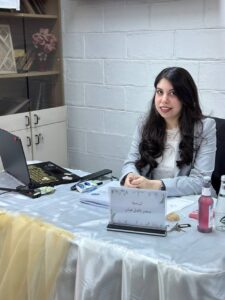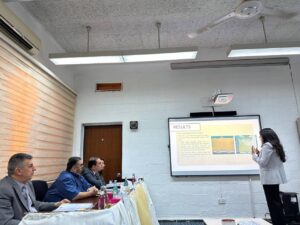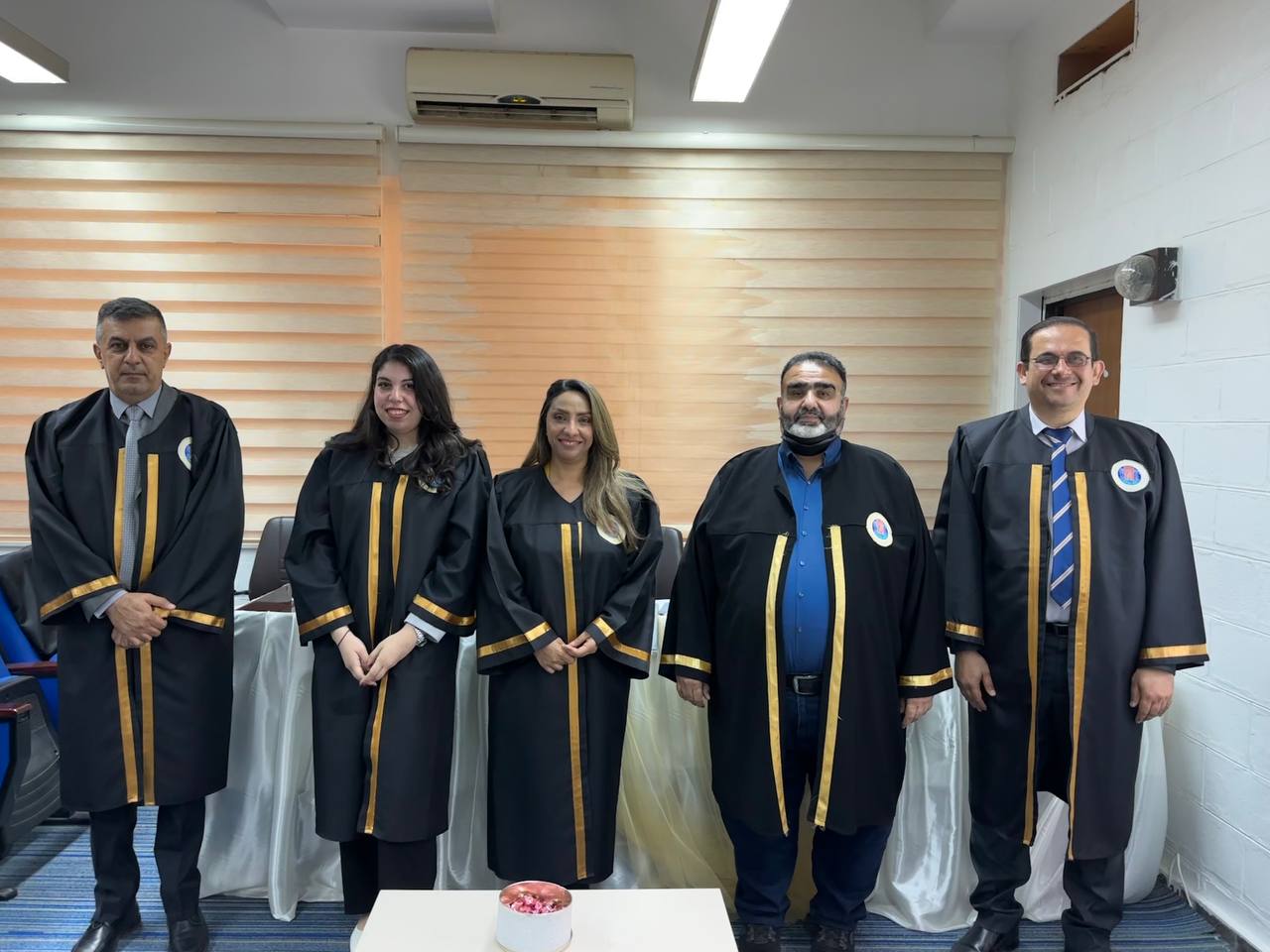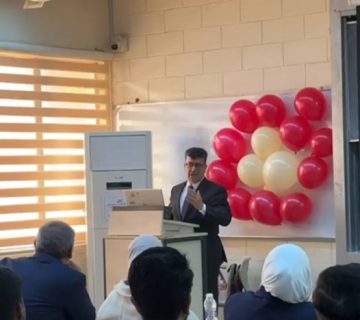Surveying Engineering Department at the College of Engineering, University of Baghdad, held MSc thesis examination titled:
“ The Adequacy of The iPhone Mobile Lidar Scanning for 3D Preservation of Historical Sites -Case Study Ewan Al-Saray in Baghdad “
By the student Sahar Fadhil Abbas and supervised by Asst. Prof. Dr. Fanar M. Abed. The examination committee consisted of Prof. Dr. Mahmood D. Ahmed as Chairman, and the membership of Prof. Dr. Mustafa Abdul Jaleel and Asst. Prof. Dr. Jasim Ahmed Ali. After conducting the public discussion and listening to the student’s defense, the thesis was accepted. It was summarized as follows:
Recording the current structure of historical sites is crucial to protect their historical significance from being lost. Remote sensing techniques like photogrammetry and Laser scanning are effective tools but expensive and time-consuming. As the affordability is a key factor, especially for 3D preservation, in this research, the iPhone Lidar sensor was used to document historical building facades and investigate the potential of its data quality in a novel local study application in Iraq.
The LiDAR sensor is a recent addition to the latest iPhone and iPad Pro models, and it represents a significant advancement in mobile device technology. It’s a portable scanner that’s more affordable and versatile than Terrestrial laser scanner (TLS) when scanning at close ranges, making it a viable option. Therefore, this research focuses on evaluating the Apple Lidar sensor’s ability to scan complex outdoor environments, specifically for preserving historical architectural facades. The study examines how the portable mobile laser scanner (PMLS) can aid in preserving cultural heritage, what challenges and potential barriers exist, and reveal its success in certain areas. The accuracy of the iPhone Lidar sensor was evaluated through various geometric quality tests. The impact of range on data quality was assessed, and the data was compared to reference measurements. Historical building facades were then scanned using different scanning patterns and settings, and data fusion with TLS was performed through a 3D registration process based on natural targets.
The accuracy tests of the iPhone sensor revealed millimeter-level accuracy within 5 m scan range, which was found to be comparable to the TLS sensor at the same range. The PMLS sensor produced dense and detailed scans at close ranges (0.25m-3m) when high-quality settings were employed. This sensor has reduced data collection time, but it should not be considered a replacement for TLS as it is a critical tool for data collection in larger ranges. This is due to the sensor’s inherent limitations, including its restricted range (Maximum 5m), vertical coverage, and accuracy. Despite these limitations, future improvements and developments are expected to be made to the specification of the sensor.









